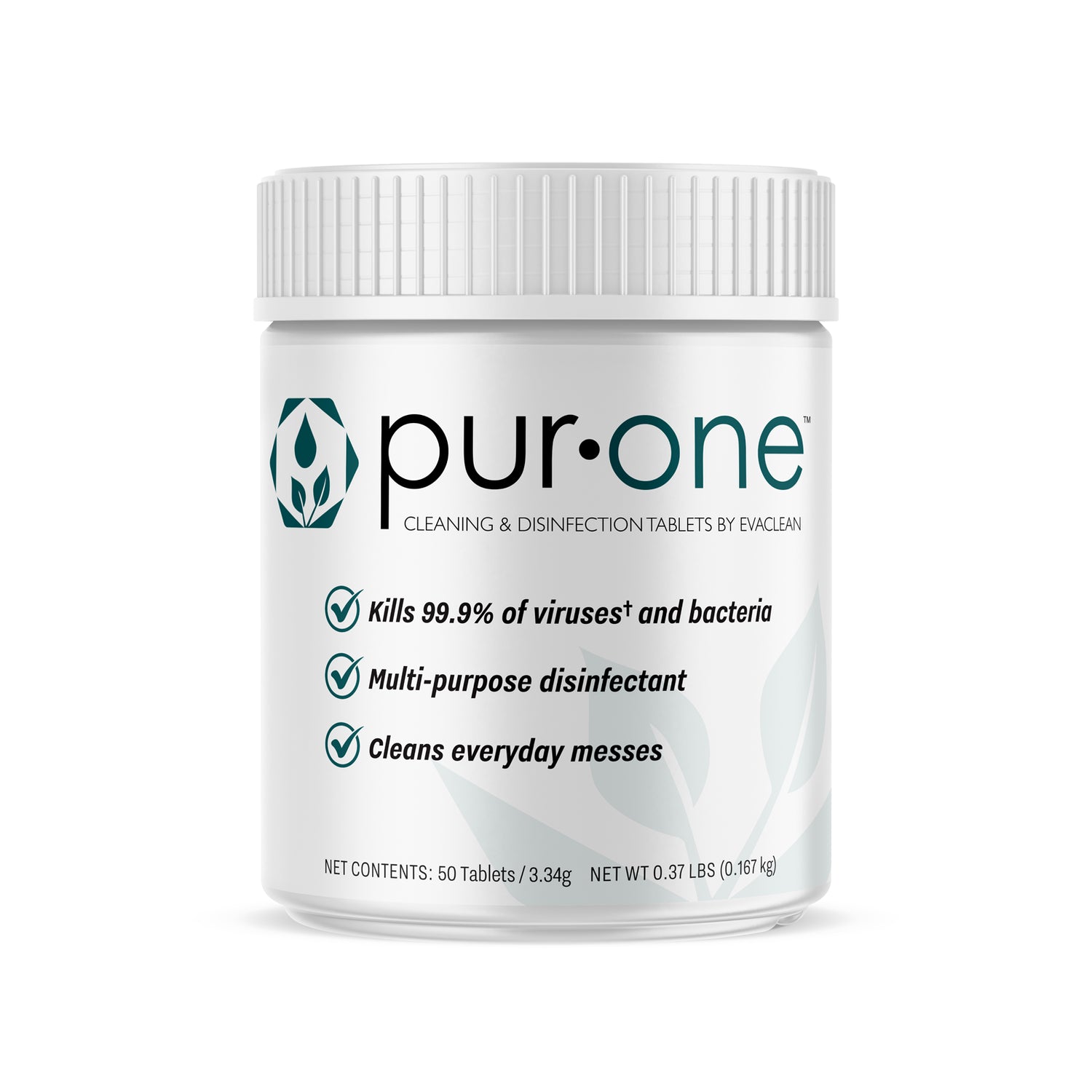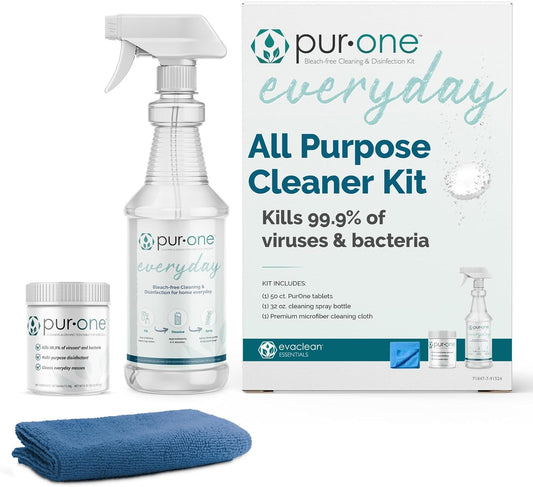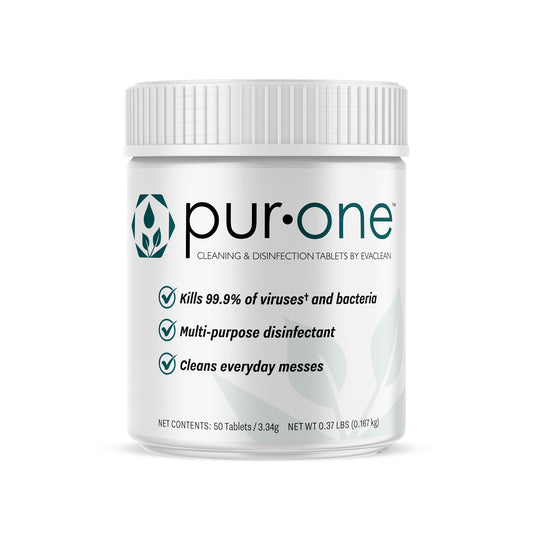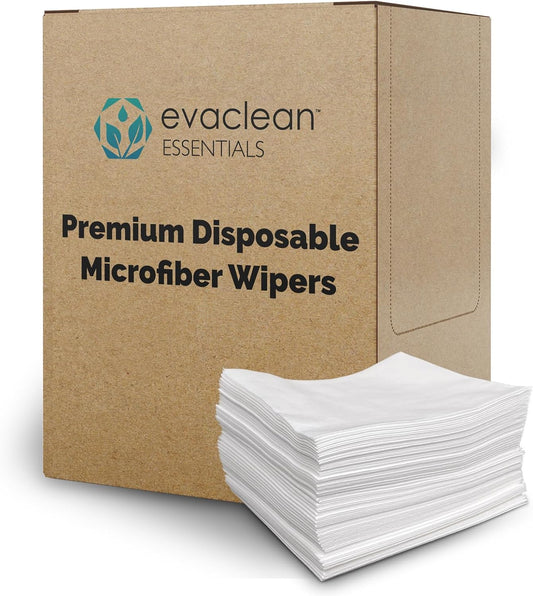In the wake of the global battle against infectious diseases, the resurgence of avian flu poses a significant threat to both animal and human health. Recent outbreaks have underscored the importance of understanding the transmission mechanisms of the avian flu virus and implementing effective preventive measures. Among these measures, surface disinfection emerges as a crucial tool in halting the spread of the virus. This article delves into the current avian flu outbreak, explores how the disease is transmitted, and highlights the pivotal role of surface disinfection in containing its spread.
Understanding Avian Influenza
Avian influenza, commonly known as bird flu, is a contagious viral infection that primarily affects birds. Infected birds shed avian influenza viruses through their saliva, mucous and feces. Other animals infected with avian influenza viruses may have virus present in respiratory secretions, different organs, blood, or in other body fluids, including animal milk. Recent outbreaks of highly pathogenic avian influenza (HPAI) have impacted dairy cows in multiple states, causing at least one third of the nation’s milk supply to become contaminated.
Certain strains of the virus such as H5N1 can infect humans and other mammals, leading to severe illness and, in many cases, fatalities. The influenza A virus belongs to the family Orthomyxoviridae. Sporadic cases of H5N1 in humans have been reported around the world, often in rural areas where people live closely with poultry or other birds. According to the WHO, since 2003 there have been 889 cases and 463 deaths caused by H5N1 in 23 countries.
Although it is unusual for people to get influenza A virus infections directly from animals, sporadic human infections and outbreaks caused by certain avian influenza A viruses and swine influenza A viruses have been reported.
How is the Virus Transmitted?
The transmission of avian influenza occurs through various routes, including direct contact with infected animals, consumption of contaminated products, and inhalation of virus-laden particles. The good news is the current strain of bird flu does not have the capacity to spread easily from person to person.
However, one often overlooked avenue of transmission is through contaminated surfaces. When infected birds and animals come into contact with surfaces such as cages, equipment, or even feathers, they can deposit viral particles. These surfaces then serve as reservoirs for the virus, capable of transmitting the infection to other birds, animals, or humans upon contact. Furthermore, the virus can persist on surfaces for extended periods, posing a continuous threat of transmission.
Poultry and cattle farms aren’t the only areas at risk for avian influenza outbreaks. Every surface along the supply chain is susceptible to contamination, from food processing and shipping to warehouses and grocery stores. Human infections can happen when a person touches a surface contaminated by virus droplets or particles then touches their mouth, eyes, or nose.

Stopping the Spread of Bird Flu
Surface disinfection plays a pivotal role in interrupting the chain of transmission of the avian flu virus. By effectively deactivating viral particles present on surfaces and objects, disinfection helps prevent the spread of the disease to susceptible hosts. This is particularly crucial in settings such as poultry farms, markets, and processing facilities, where the risk of contamination is high.
But it is also important to take precautionary measures and practice prevention-based hygiene in restaurants, household kitchens, and any food handling surface.

Best Practices for Surface Disinfection
Implementing proper disinfection protocols is critical for containing the spread of avian influenza. Some best practices include:
- Routine Cleaning and Disinfection: Establishing regular cleaning and disinfection schedules for surfaces, floors, and equipment in high-risk areas.
- Targeted Disinfection: Prioritizing high-touch surfaces such as feeding troughs, waterers, and equipment handles for more frequent disinfection.
- Adherence to Manufacturer Instructions: Following the manufacturer's guidelines for dilution, contact time, and application method of disinfectants to maximize their effectiveness.
Challenges and Considerations
Despite the importance of surface disinfection, several challenges exist in implementing effective disinfection strategies. These challenges include:
- Toxic Chemicals: Common disinfectants include quaternary ammonium compounds and bleach, both of which are known to cause serious health affects to humans and animals.
- Antimicrobial Resistance: Prolonged use of common disinfects has led to the development of resistance in viral strains.
- Compliance Issues: Ensuring compliance with disinfection protocols among personnel and stakeholders may pose challenges, requiring continuous education and monitoring.
Choosing the Right Disinfectant
Selecting the appropriate disinfectant is essential for achieving optimal efficacy against the avian flu virus. The disinfectant should be effective against enveloped viruses, as the influenza virus possesses an outer lipid envelope.
Fortunately, there is a chemical that meets all the necessary criteria for killing the avian influenza virus. NaDCC is a novel disinfectant that has EPA-registered efficacy against every major animal pathogen, including a 1-minute kill claim for the avian influenza A (H5N1). It is also biodegradable with the lowest toxicity rating, a 0/0/0 HMIS, and a neutral pH. NaDCC creates a natural HOCl solution when mixed with water that is more powerful than bleach but won’t harm people, livestock, or the planet.
Conclusion
The current avian flu outbreak highlights the urgent need for robust strategies to curb its spread. While various transmission routes contribute to the dissemination of the virus, surface contamination remains a significant concern. Through effective surface disinfection, we can mitigate the risk of transmission and protect both animal and human populations from the devastating consequences of avian influenza. By adhering to best practices, utilizing appropriate disinfectants, and overcoming existing challenges, we can bolster our defenses against this formidable infectious disease.
In the ongoing battle against avian influenza, surface disinfection stands as a critical line of defense, offering hope for a future where the threat of this virus is effectively contained, and public health is safeguarded.






